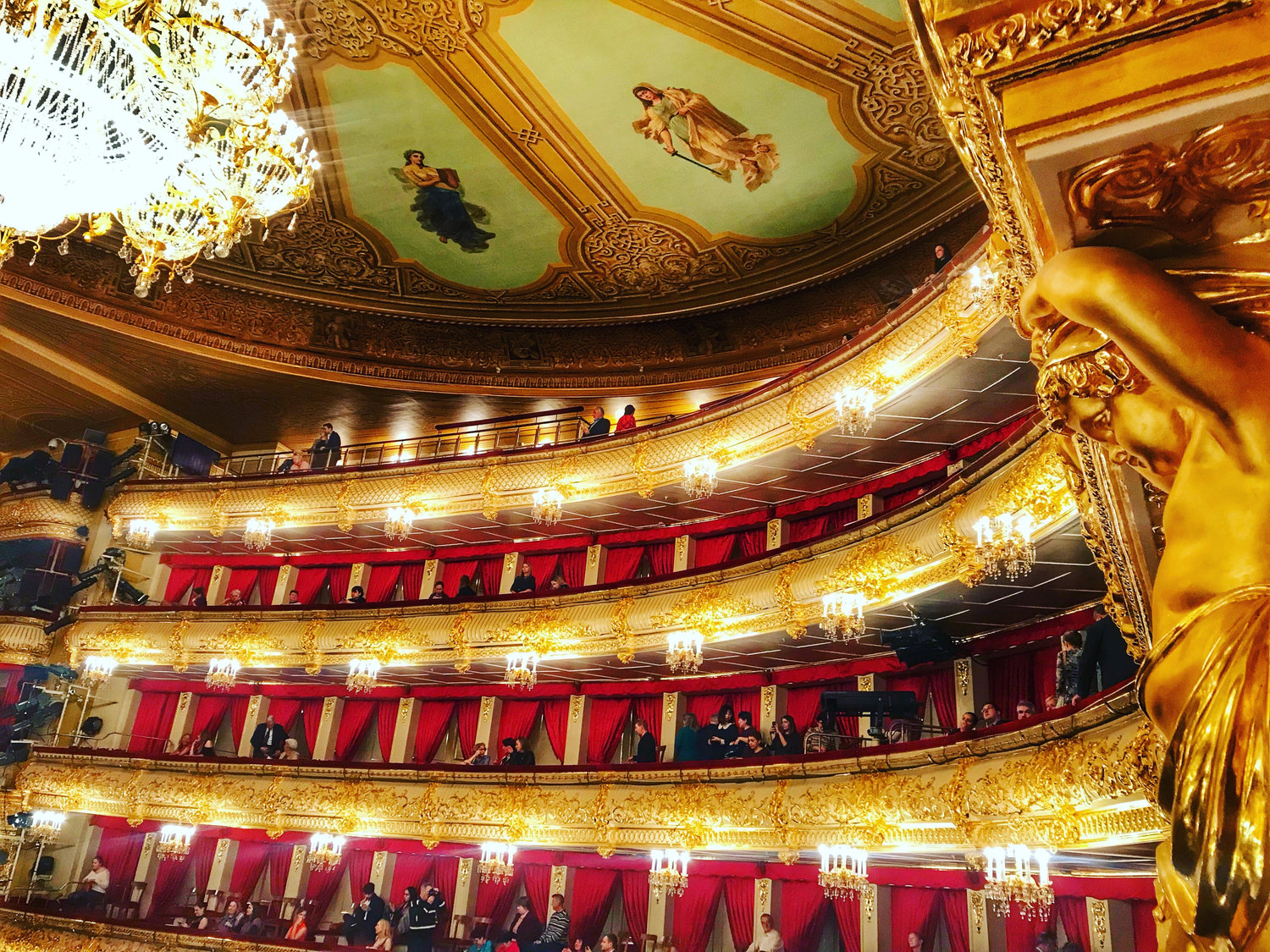- Joined
- Feb 10, 2014
Tbh I don't see much, if any variation in the lines and the general way the hands - fingers - arms are held between different programs, with any of the skaters that I mentioned.
All of them have what I would call very noticeable „bad“ arm and hand posture, that I find very distracting (legs too), no matter the program they skate or style they portray.
Thinking for instance of Daniel’s Joker or Muse vs. his Nureyev program, or comparing Jason’s Sinnerman or Hamilton to his SL or The Piano program (the latter programs surely aiming for a more lyrical and graceful look).
Which leads me to believe, that it’s not actually intentional or choreographed, but indeed what could be described as a bad habit, a way of holding and moving their limbs, that they have settled on in the formative years of their skating career and that is now part of their „default body language“, even if on the surface they’re performing choreography and moves that are specific to a given program
Which circles back to my initial point in my first post. A skater that has „balletic lines“ as their default and foundation, will look good no matter the style they choose to portray.
(Or what I would simply describe as aesthetically pleasing lines, I’m not actually a ballet fan, but it just so happens, that what I consider graceful looking, usually gets identified as balletic by those who know ballet well)
By the way, I don’t generally mind broken lines when they’re used for effect and with intent (after all, I do enjoy the occasional Benoit program). What I don’t enjoy are „bad“ lines that permeate the whole appearance of a skater on the ice.
How did the topic of “Balletic Posture vs Deep Knees: What Makes the Interpretation of Classical Ballet Themes Good?” morph into criticizing certain skaters as being “unwatchable” due to perceived faults of line and posture?
I can’t speak to Semenenko or Grassl, but for the record, Jason has never called himself a balletic skater and has only ever skated to classical ballet once, way back when he was a junior.
So if you - like a poster with a different username who made similar comments in the US men’s thread a couple of years ago - fail to find balletic lines in Jason’s skating, maybe the problem is in your expectations, not what he’s doing. And if you just don’t like his skating because you can’t get past those bent wrists and splayed fingers, all I can say is there’s no need to tear a skater down who’s not your favorite. It’s tiresome, and in this case, it’s also off topic.
Last edited:





